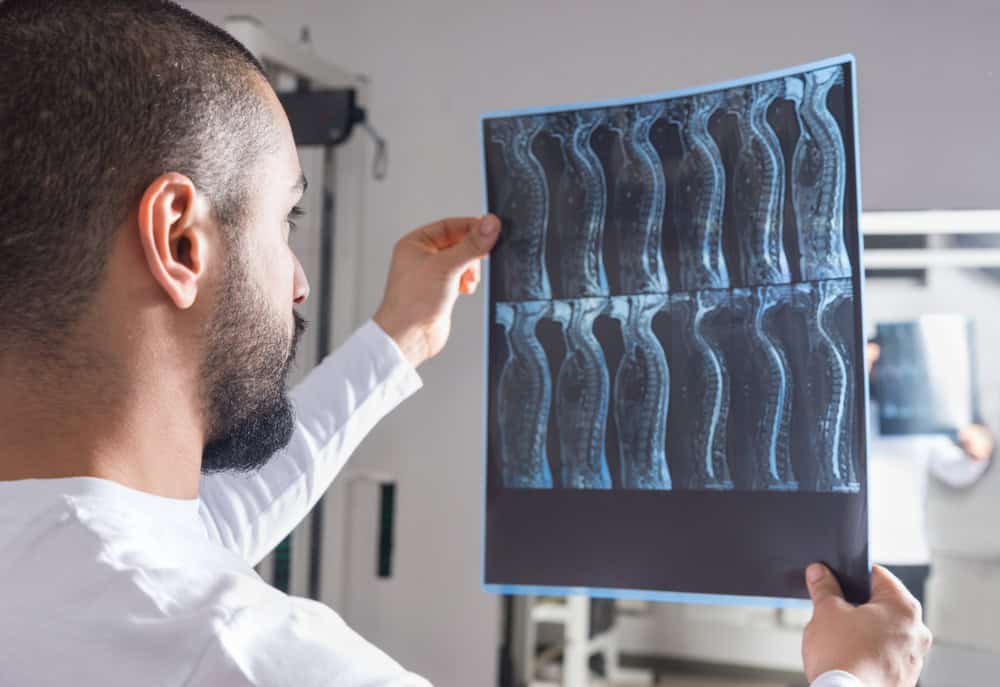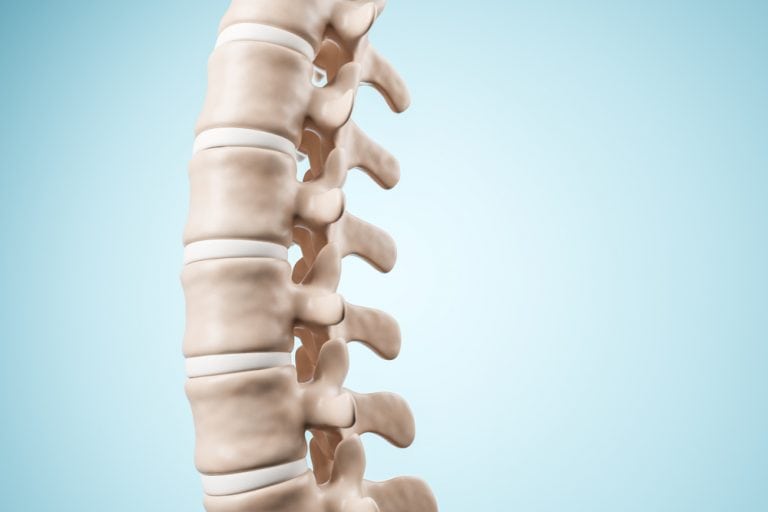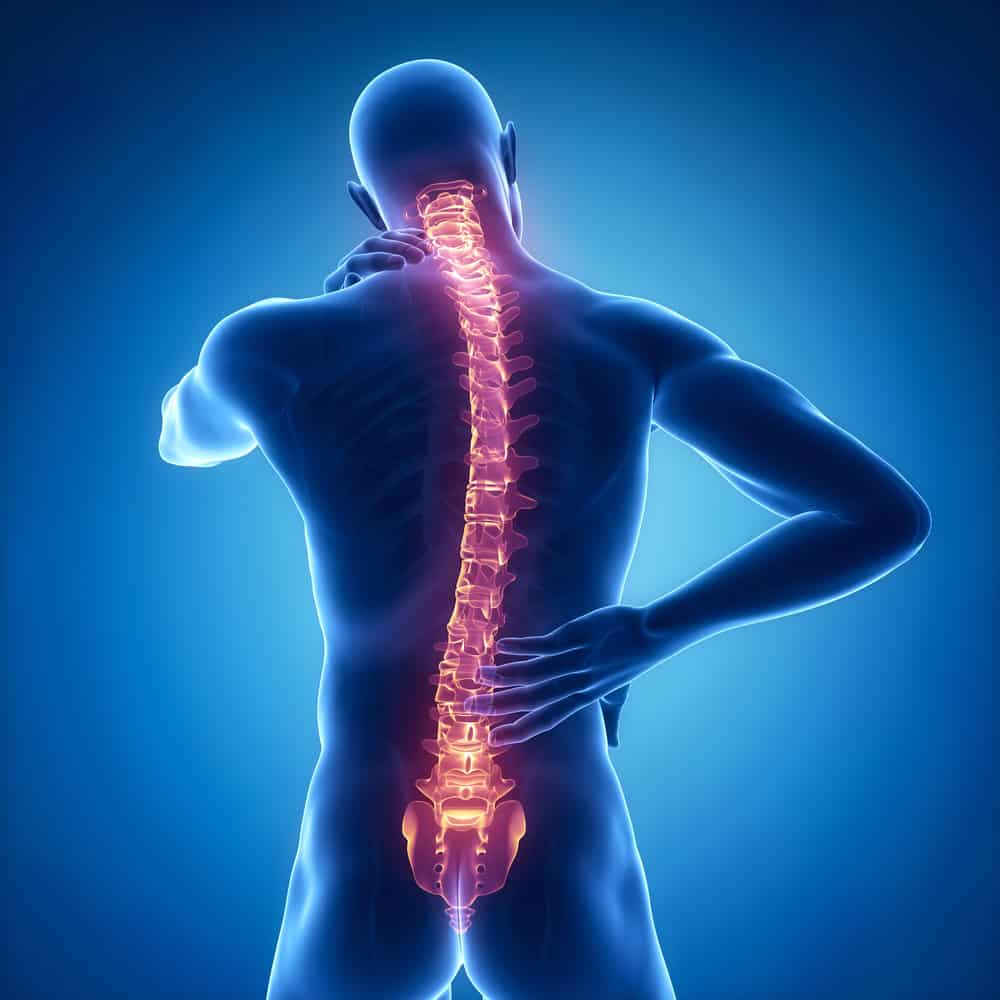Spinal Cord Stimulation in Triborough Bridge, NY
NY Spine Medicine provides cutting-edge spinal cord stimulation therapy to help patients in Triborough Bridge, NY manage chronic pain and enhance their recovery after surgery. Our team of dedicated professionals is committed to offering personalized care and advanced treatment options to improve your quality of life.









